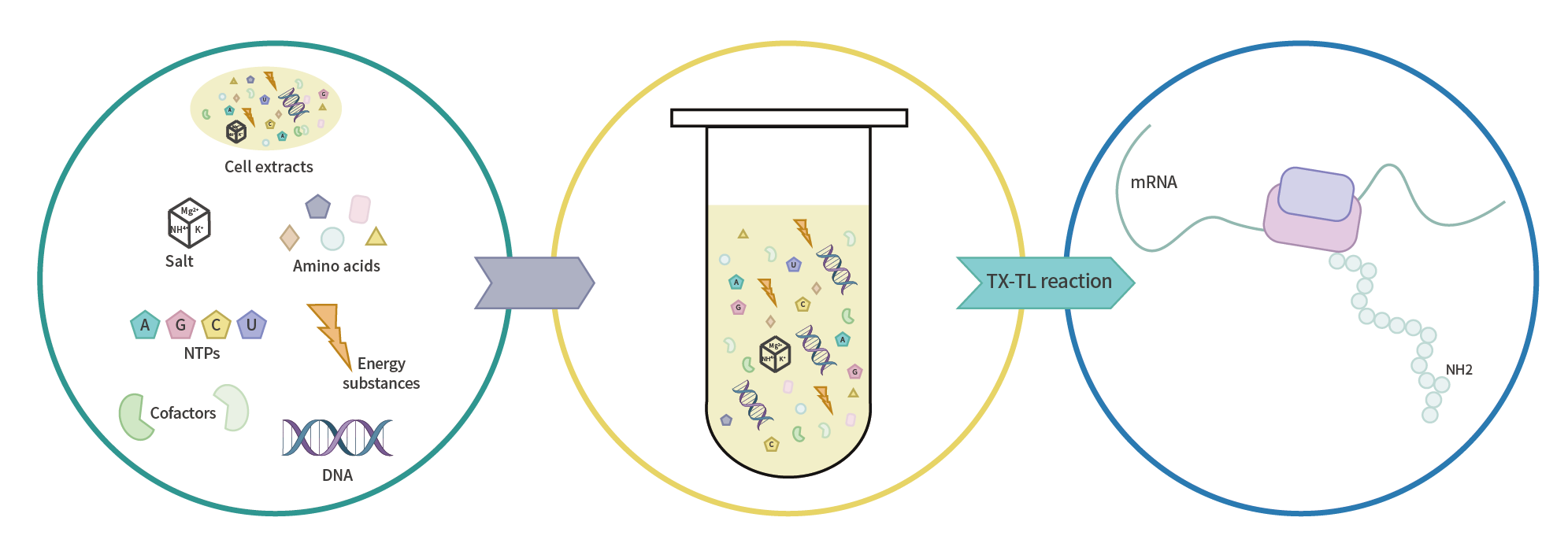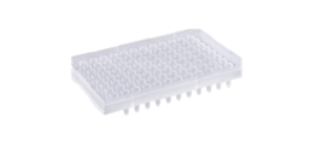Cell-free protein expression system
Advantages
Simple and quick
High-throughput
Wide applicability

Biortus E.coli CFPS
Applications
-
1
High-throughput screening and protein preparation
-
2
Rapid preparation of in vitro recombinant proteins at the microgram to milligram level
-
3
Incorporation of NMR (15N and 13C) isotope labeling and non-natural amino acids
-
4
Rapid sample preparation for X-ray & Cryo-EM
Details of CFPS Service At Biortus
| Steps | Service Item | Service Description | Biortus Features | Duration |
|---|---|---|---|---|
| 01 | Plasmid Construction | Codon optimization and full-gene synthesis | To improve protein expression level and solubility, we provide screening of various fusion tags. | 1-2 Weeks |
| Construction of different fusion tags | ||||
| 02 | Small-scale Expression and Optimization | Screening and optimization of various vectors and different reaction conditions, detected by SDS PAGE and FSEC to determine the optimal reaction conditions | Our cell-free expression system can perform high-throughput screening to provide the optimal protein expression conditions | 1-3 Days |
| 03 | Scale-up Purification | Expression in a scale-up system above the milliliter level is available. | For membrane proteins, we can provide screening services for different detergents, liposomes, and nanodiscs. | 3-5 Days |
| The target protein can be purified by various chromatographic methods such as AC, IEC and SEC etc. | ||||
| 04 | Quality Control | Check purity, concentration, etc., and provide various QC reports including LC-MS | - | 1 Day |
| 20 Days | ||||
Experimental Procedure
-
DNA template


Plasmids with T7 promoter
-
PCR products
-
mRNA
-
Protein expression


“One Pot” reaction
-
High-Throughput Screening
-
Expression detection


SDS-PAGE
-
WB/Protein Simple
-
FSEC
Examples
Expression of the green fluorescent protein sfGFP
Biortus E.coli CFPS can efficiently express various proteins. For example, when the components of the kit are mixed and reacted with the plasmid expressing green fluorescent protein (GFP) , the fluorescence emitted by GFP can be observed without ultraviolet light irradiation.

Labeling of Selenocysteine and Selenomethionine
Biortus E. coli cell-free protein expression system enables the seleno-Cys and seleno-Met proteins: Simply mix the target selenoamino acid with the kit components and the labeled protein can be obtained after several hours of incubation.

 Protein expression
Protein expression

